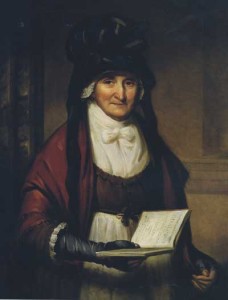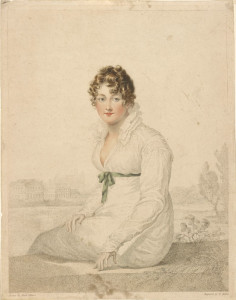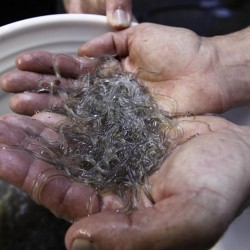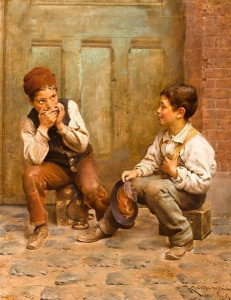Those two words, plus Let’s Pretend… are part of the essential writer’s toolbox (or those of the average six-year-old, meaning that writers haven’t quite grown up yet).
So I like to play a game where I try to translate everyday life into the Regency, partly to amuse myself and partly as research or background building. Take getting up in the morning, for instance. Now my routine is pretty simple. I can get myself up and out of the house (usually with clothes on the right way out and right way around although there have been notorious lapses), with time to check e-mail, in about forty-five minutes.
But in the Regency… first I’d need someone to lace me into my stays, unless I was fortunate enough to own a pair of front or side lacing stays, rare in collections, but they did exist. And chances are there would be people around, because people did not live alone, and I’d have a servant or someone to help. In fact there might be rather too many people around. Let us pass over the bathroom issue, but assume some washing might well take place.
Choosing something to wear would probably be quite easy because either I’d opt for morning dress (i.e., slopping around the house wear), or I’d put on the clothes I wore yesterday and every other day except Sunday. I really have trouble, as you may have noticed with the aristocracy, or imagining myself living as one.
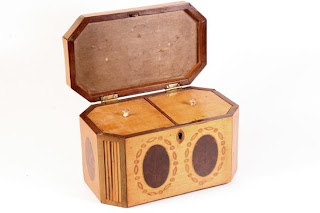 Next, the urgent need for a cup of tea. If I was unlucky the fire might have gone out, although I hope I would not have been so slatternly as to forget to bank it the night before. I might have to pump water. If I had someone to boil the water I’d still be the one to make the tea because I’d have the all-important tea caddy and its key. Someone would also have to look out in the street for the milkmaid and her cow so I could have milk in my tea.
Next, the urgent need for a cup of tea. If I was unlucky the fire might have gone out, although I hope I would not have been so slatternly as to forget to bank it the night before. I might have to pump water. If I had someone to boil the water I’d still be the one to make the tea because I’d have the all-important tea caddy and its key. Someone would also have to look out in the street for the milkmaid and her cow so I could have milk in my tea.
 As for breakfast itself–assuming there was anything to eat in the house with the price of bread at an all-time shocking high–if I were higher up the social scale I’d have toast or cake. All more labor intensive than you might think, certainly more fiddly than putting an English muffin (yes, there were things called muffins in England, but the English muffin is neither English nor a muffin) in the toaster. No peanut butter either.
As for breakfast itself–assuming there was anything to eat in the house with the price of bread at an all-time shocking high–if I were higher up the social scale I’d have toast or cake. All more labor intensive than you might think, certainly more fiddly than putting an English muffin (yes, there were things called muffins in England, but the English muffin is neither English nor a muffin) in the toaster. No peanut butter either.
I suppose the equivalent of e-mail would be reading a newspaper (although possibly several days old, passed on by someone I knew) or receiving the day’s post.
 And leaving the house for work?–chances are I’d stay home doing piecework, and trying to keep my grandchildren out of the fireplace (note to daughter: this is not a hint). Or I’d leave to clean someone else’s house.
And leaving the house for work?–chances are I’d stay home doing piecework, and trying to keep my grandchildren out of the fireplace (note to daughter: this is not a hint). Or I’d leave to clean someone else’s house.
Think of what you’d do at any given time of day. What do you think you’d be doing if you lived in the Regency? What would you miss most? What do you think you’d enjoy most?

